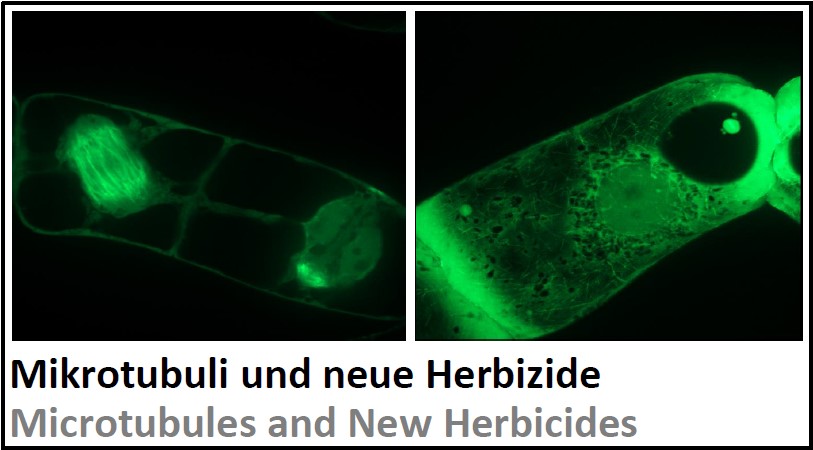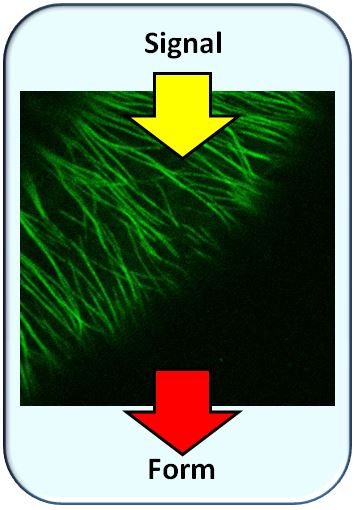 Plant Cell Biology 2023
Plant Cell Biology 2023
Microtubules guide the directionality of plant cells, both for cell division and for cell expansion. Since the regulating proteins are evolutionarily diverse, they provide specific targets for a new generation of herbicides that have less collateral damage on other life forms. What is the mode of action of these new compounds? Using fluorescently tagged tobacco cell lines for tubulins and tubulin-organisers, the project explores the role of microtubule turnover for the effect of the new herbicide candidates. Since this requires quantitative data as to obtain important readouts, such as dose-response curves, cell proliferation needs to be determined. In the past, we have done this manually, by counting. This was laborious and time-consuming. However, we have now developed an alternative approach, where microscopical images are evaluated using Artificial Intelligence. This has allowed to reduce time by several orders of magnitude, such that analysis can be driven to a degree of precision that was not possible before. Scriptum with protocols . review about the functions of plant microtubules .
Mikrotubuli und Form
How where microtubules actually discovered?
Microtubules are generally known as building blocks of the division spindle. Less known is, however, that at first they were not recognised. Microtubules were discovered in plant cells - 1963 by Ledbetter and Porter. Curiously, they were predicted, one year earlier, by the biophysicist Paul Green (1962). He adopted a physical viewpoint upon the growth of plant cells and stated that the uptake of water into the vacuole should make plant cells to widen rather than to elongate. From this, he concluded that the cell wall must differ in their extensibility depending on direction, they should be stiffer in the transverse compared to the longitudinal axis of the cell. Therefore, the cell must be endowed with a mechanism to steer the direction of cellulose fibres in the cell wall. This mechanism, he reasoned, should depend on minute tubules ("micro-tubules"). These "micro-tubules " were then, in fact, discovered one year later using the emerging technology of electron microscopy. Only years later, it turned out that also the division spindle consists of microtubules.
Environment and Shape: Microtubules as Bridge
Since plants cannot run away, if they do not like their environment, they have only the way out to adapt. As part of this adaptation, they can change shape. How strong signals from the environment bear on plant shape can be seen, when potatoes are forgotten in the barn. These long and thin, so called etiolated, seedlings invest their entire energy into length growth. The biological purpose is of course to reach the light. Once arrived in the light, elongation is stopped immediately. Light is the signal that acts most rapidly on microtubules. They respond by changing their orientation from transverse into longitudinal. Since microtubules act as tracks for enzymes producing cellulose, the cellulose fibres will also be oriented longitudinal. This will constrain elongation, and the cell widens instead. In the dark, microtubules are transverse and reinforce etiolated growth.
What are we working on?
Microtubules, thus, are tools to change shape in response to the environment. Around three decades ago, we could show this for the first time, using phototropism as case study. A light-induced reorientation of microtubules was the cause for the bending of plants towards the light (Nick et al. 1990). Later, we investigated the responses of microtbubules to different envirnomental signals such as light, gravity, or mechanic stress and also addressed the question, to what extent these responses were mediated by plant hormones, and how they are integrated into the biology of the plant. Since plant form is of great agricultural impact, we are progressively interested to use our knowledge for the improvement of crop plants.

